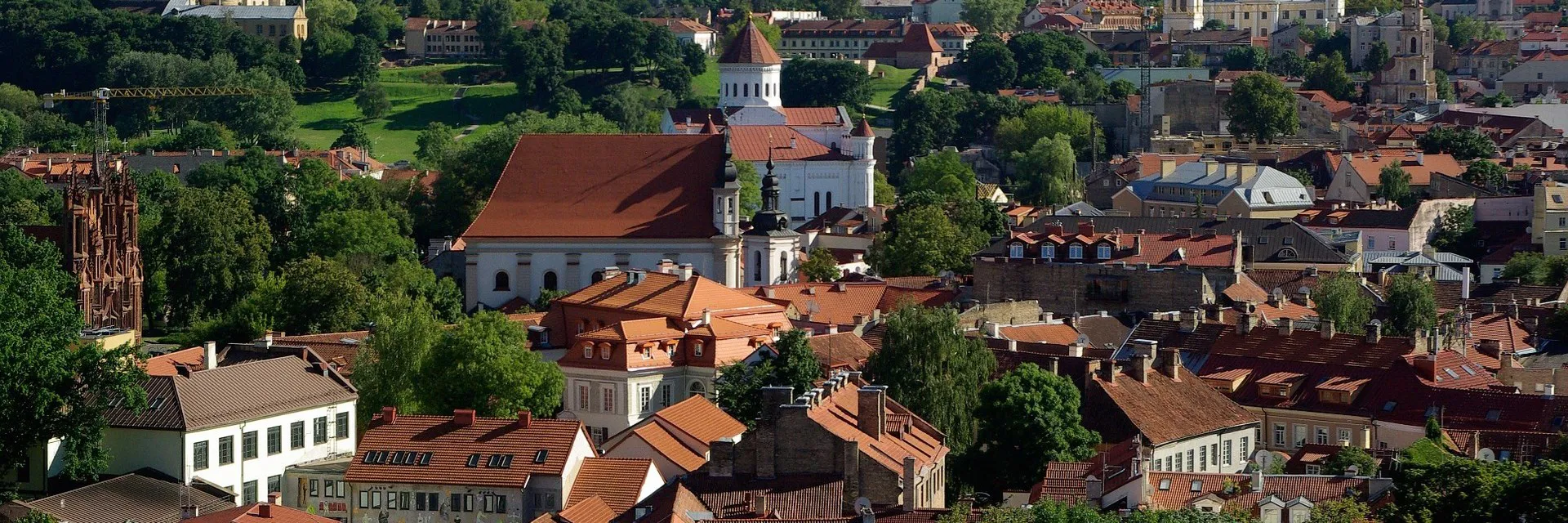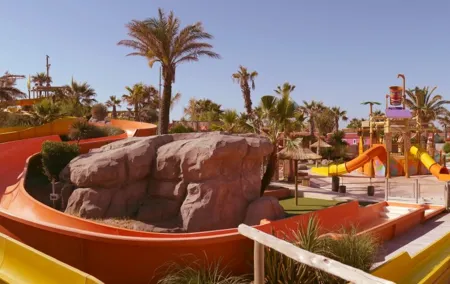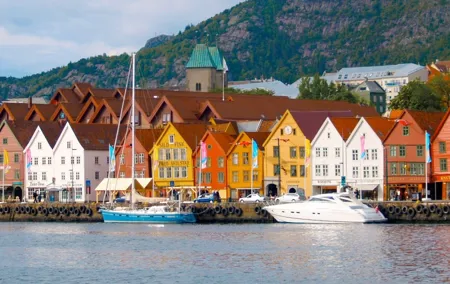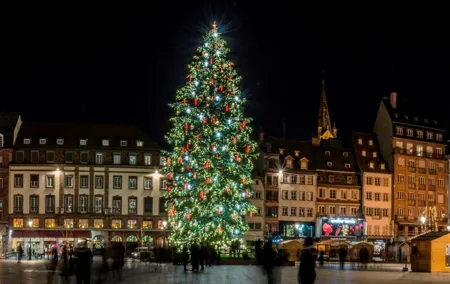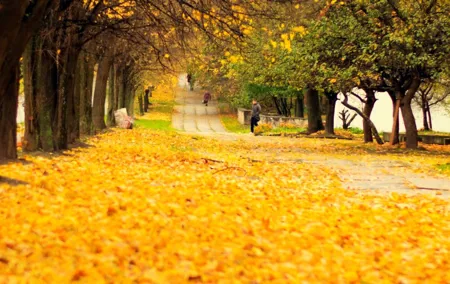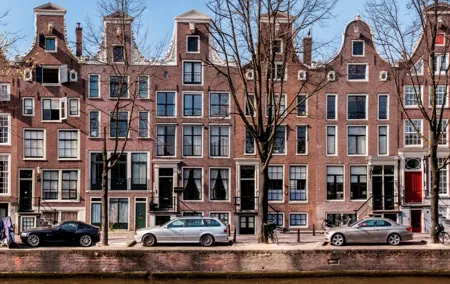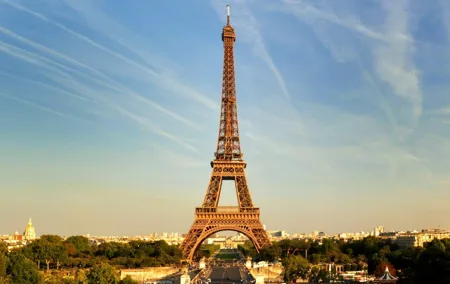Vilnius is a quintessential European capital where historical landmarks seamlessly blend into the city's vibrant contemporary life. To help you navigate through its variety of museums, ancient streets, churches, and castles, here's a list of the top 10 recommended places to visit for tourists. Each of these sites will enrich your understanding of both the capital of Lithuania and the country as a whole. So, where should you go in Vilnius?
The Gates of Dawn
If you want to see the most interesting attractions in Vilnius, you should start your acquaintance with the Lithuanian capital from the Gates of Dawn, which once were part of the fortress wall, marking the boundaries of the medieval city. The gates were constructed during the Renaissance era. On the facade of the three-story building, you will see images of griffins, which were considered a symbol of the Grand Duchy of Lithuania.

flickr / Aris Jansons
Vilnius TV Tower
Contrary to the Gates of Dawn, the Vilnius TV Tower belongs to the modern attractions of the city. The main reason to visit this object is the stunning view of the capital, which opens from the observation deck at the height of 165 meters. There is also a panoramic restaurant located there, where you can enjoy a pleasant time over a cup of aromatic coffee.
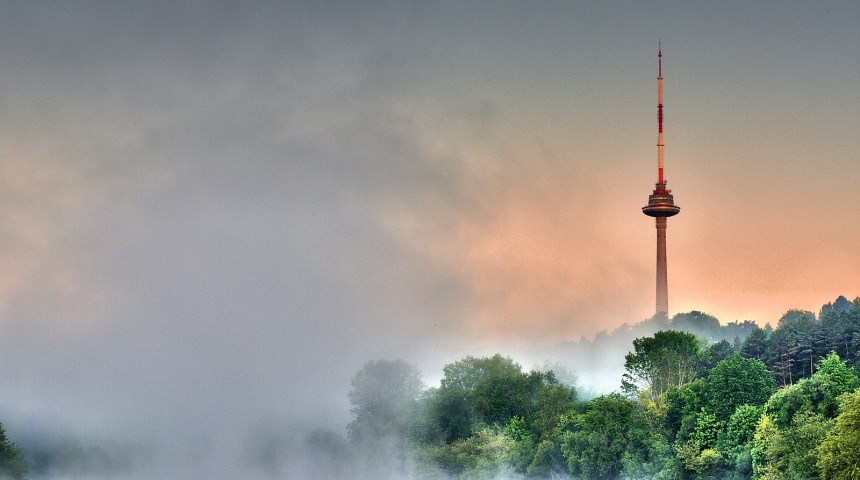
flickr / Fiksazas
Cathedral of St. Stanislaus and St. Vladislav
The Cathedral of St. Stanislaus and St. Vladislav draws attention with its majestic appearance. The monumental facade with columns and bas-reliefs is reminiscent of ancient Greek temples, and the interior decor has great artistic value. The cathedral was built in the 13th century after the Lithuanian Mindaugas converted to Christianity. Before that time, according to legends, a huge pagan temple stood on the site of the cathedral.

Gediminas' Tower
The octagonal red Gediminas' Tower is considered another integral symbol of Vilnius. It is located on the top of Castle Hill. The tower is the only surviving building of the Upper Castle, from which the great history of Vilnius began. Next to the tower, an observation deck is arranged, offering a panoramic view of the Old Town. You can reach the structure on foot or by funicular.
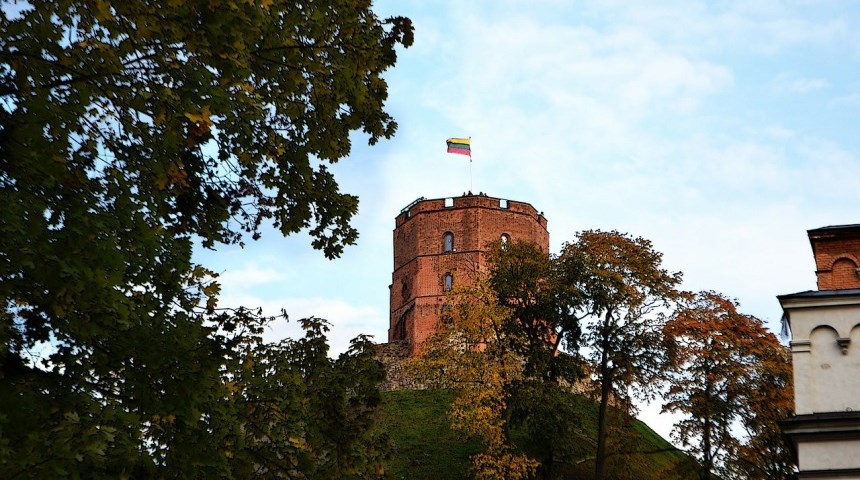
Užupis
Užupis is not only an interesting district with a rich history but also a distinct republic within the city. Initially, Užupis was considered a poor district, inhabited by workers. But over time, artists began to settle here and open galleries. Poets, writers, and other representatives of the bohemian community also favored this place. In the 90s, activists of the bohemian society declared Užupis's independence and introduced the republic's flag, constitution, and anthem. The main event of the district is the playful Independence Day, celebrated on April 1st. Užupis attracts tourists with its unique atmosphere akin to Paris's Montmartre. Here, you can easily enter a café and find yourself at a literary reading or a concert by a young band.
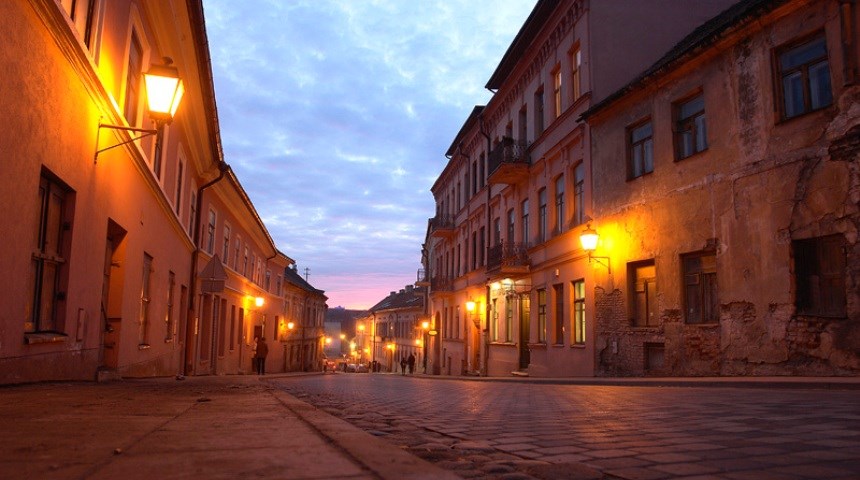
flickr / Julius Kielaitis
Vilnius Amber Museum
Lithuania is one of the leading European countries in terms of amber deposits, so it's no surprise that Vilnius hosts a museum dedicated to this unique gemstone. The museum's exhibition includes samples of amber in various colors, sizes, and shapes. In one of the halls, you'll see amber with plants, insects, and even lizards trapped inside. The museum also houses amber items from the Stone Age and a 4-kilogram amber stone.
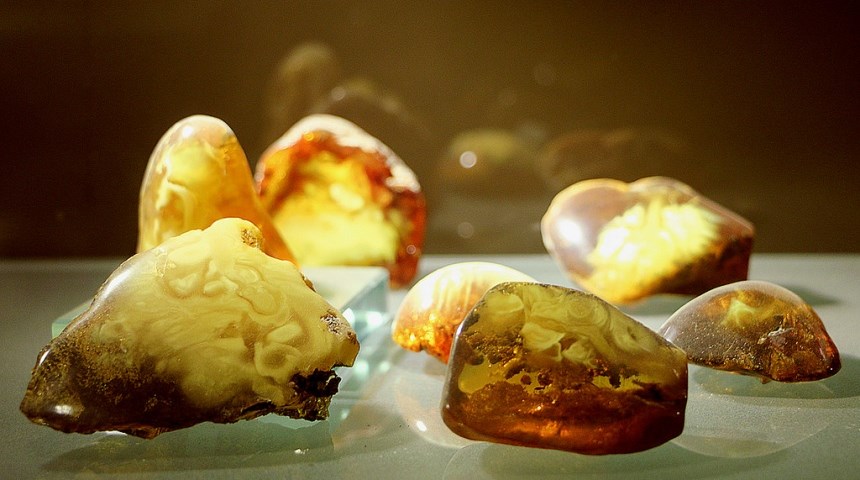
flickr / Letizia Lorenzetti
Bernardine Church
The Bernardine Church, otherwise known as the church of St. Francis and St. Bernard, is the most magnificent complex in Vilnius in the Gothic style. The architectural ensemble includes the Church of St. Anne. Church buildings are decorated with ancient frescoes, altars, and statues, dated to the 16th century. Monks who served here at different times collected a rich library of ancient manuscripts and books.

flickr / Jan Erik Forss
The Green Bridge
The modern Green Bridge across the Vilnia River was built in 1953, but the history of this place goes back to the distant past. The first bridge here appeared in 1536. It had stone gates and lodgings for the guards to stay overnight. In 1655, the bridge was destroyed, and a new one was built in 1766 and painted green. Hence the name of the structure. Throughout its history, the bridge was destroyed many times, but the tradition of painting it green has been preserved to this day.

flickr / Eugenijus Radlinskas
Castle Street
This is the oldest street in Vilnius, with documentary references dating back to 1530. In ancient times, it was the center of life in the medieval city. Colorful souvenir fairs, traditional Lithuanian cuisine cafes, and ancient houses of rich merchants and nobles were located here.

flickr / Kovalchuk Nikolay
National Museum of Lithuania
If you want to acquaint yourself with the culture and history of Lithuania, learn about the most important events of this country, be sure to visit the National Museum in Vilnius. Among the exhibits, you will see traditional Lithuanian costumes, household items, jewelry, and weapons.
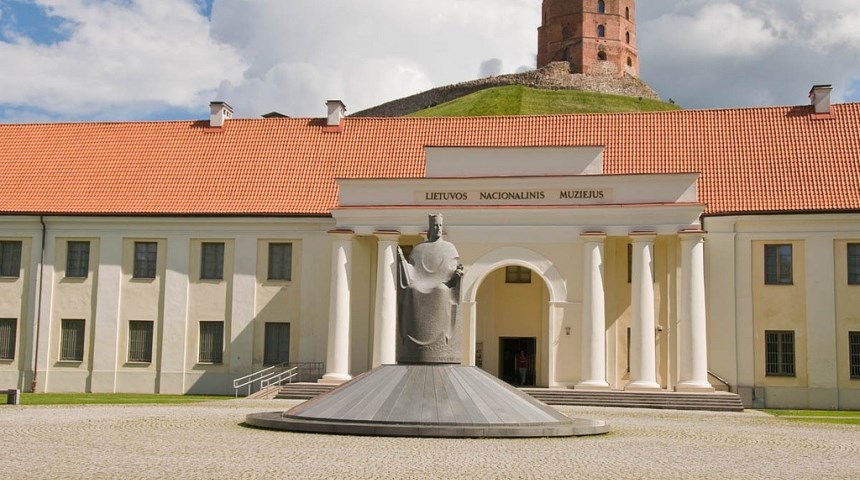
flickr / Greg Tebble
